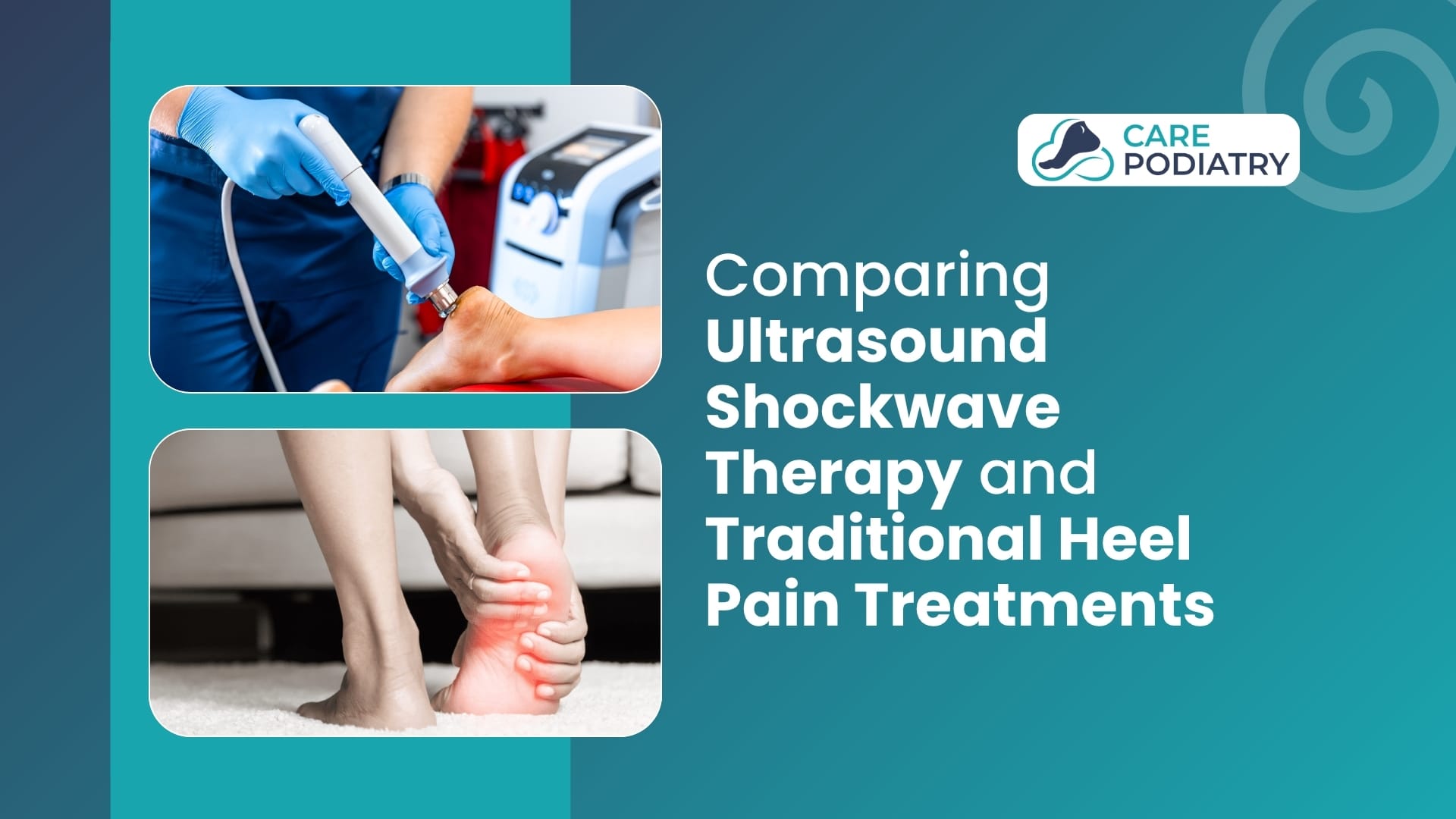Plantar fasciitis is one of the most common causes of heel pain, affecting millions of people worldwide every year. It often consists of inflammation of the plantar fascia, a massive band of connected tissue that runs along the foot’s bottom. This can interfere with mobility, daily comfort, and overall quality of life.
But how do you know if you’re dealing with plantar fasciitis or just general foot discomfort? In this article, we will explore the top 10 signs that show you might be experiencing plantar fasciitis, allowing individuals to make the right decision.
1. Sharp Heel Pain, Especially in the Morning
One of the hallmark signs of plantar fasciitis is a sharp, stabbing pain in the heel when you first get out of bed. After a night of rest, the plantar fascia tightens up.
As soon as you take your first steps, the sudden stretch can cause acute pain. This pain typically decreases as you walk around and the fascia loosens, but it may return after long periods of sitting or standing.
2. Pain After Exercise, Not During
While many injuries cause pain during physical activity, plantar fasciitis is different. Most people with the condition can perform activities like walking, running, or exercising without immediate pain.
However, the pain usually intensifies after the activity is over, especially a few hours later or the next morning. This post-activity pain is due to stress and micro-tears in the fascia that become more inflamed as your body rests and repairs.
3. Heel Tenderness to the Touch
If pressing on your heel, especially the bottom near the arch, triggers pain, it could be a sign of plantar fasciitis. This localized tenderness in the heel or midfoot area is often most intense near where the fascia attaches to the heel bone (calcaneus).
This symptom helps differentiate plantar fasciitis from other foot conditions like Achilles tendinitis or heel spurs, which usually cause pain in slightly different locations.
4. Increased Pain with Prolonged Standing or Walking
Standing or walking for extended periods can exacerbate plantar fasciitis symptoms, especially on hard surfaces.
This is particularly common for people who work in professions that require them to be on their feet all day, such as teachers, nurses, retail workers, and factory employees. As you stay upright, the pressure on the inflamed plantar fascia builds, leading to worsening pain over time.
5. Stiffness in the Foot and Ankle
In addition to pain, many people with plantar fasciitis report a feeling of tightness or stiffness, especially in the arch and heel. This is most noticeable after periods of inactivity, like when you wake up or after sitting for a long time.
Stretching the calf muscles and the bottom of the foot can temporarily relieve this tightness, which suggests the fascia is involved.
6. Arch Pain or Discomfort
Though heel pain is more common, pain in the arch of the foot can also indicate plantar fasciitis. This pain results from the strain and inflammation in the fascia, which supports your foot’s arch.
Individuals with flat feet (low arches) or high arches are more prone to plantar fasciitis, as these foot structures can lead to abnormal stress on the fascia.
7. Uneven Weight Distribution While Walking
People suffering from plantar fasciitis often alter their gait (walking style) to avoid pain. This can lead to limping or putting more weight on one foot or the outer edges of the foot. Over time, these compensations can cause issues in the knees, hips, or back, as the body becomes misaligned due to uneven movement patterns.
8. Pain that Worsens Without Obvious Injury
Plantar fasciitis pain often develops gradually without a clear cause. Unlike acute injuries (like a sprain or fracture), plantar fasciitis is usually the result of repetitive strain over time.
If you’re experiencing persistent heel or arch pain without any trauma or specific incident, and it gets worse despite rest or ice, plantar fasciitis is a likely culprit.
9. Symptoms Improve with Rest, Ice, and Stretching
If you find that rest, applying ice, and doing foot stretches improve your symptoms, that’s another sign pointing toward plantar fasciitis. These methods reduce inflammation and relieve pressure on the fascia, offering temporary relief.
While rest and home care are often not enough to fully resolve the issue, improvement with conservative measures is a strong indicator of the condition.
10. Poor Footwear Makes Symptoms Worse
Wearing unsupportive footwear, such as flat sandals, flip-flops, or worn-out shoes, can aggravate plantar fasciitis. These types of shoes offer little arch support and cushioning, increasing stress on the fascia.
If your pain worsens when you walk barefoot or wear unsupportive shoes, and improves when you wear orthotic inserts or well-cushioned shoes, it’s likely due to plantar fascia strain.
What Causes Plantar Fasciitis?
Several risk factors increase the likelihood of developing plantar fasciitis, including:
- Overuse: Runners, dancers, and athletes are particularly susceptible due to repetitive foot impact.
- Poor biomechanics: Flat feet, high arches, or abnormal gait patterns can place additional strain on the plantar fascia.
- Age: Most cases occur between the ages of 40 and 60.
- Obesity: Excess body weight adds pressure to the plantar fascia.
- Occupational hazards: Jobs that involve long hours of standing or walking on hard surfaces increase risk.
When to See a Doctor
You should see a healthcare professional if:
- The pain is severe or persistent
- You’re experiencing numbness, tingling, or signs of nerve involvement.
- The condition is affecting your daily activities or sleep.
- Home treatments fail to improve symptoms within a few weeks.
Early intervention can prevent the condition from worsening and minimize the time it takes to recover.
Final Thoughts
If you’re experiencing any of these symptoms, it’s essential to consult a professional. At Care Podiatry, our experienced team specializes in diagnosing and treating plantar fasciitis. We offer personalized treatment plans to alleviate your pain and get you back on your feet.
Don’t let heel pain hold you back. Contact us today to schedule your consultation and take the first step toward relief.
Frequently Asked Questions
How do you know if you’ve got plantar fasciitis?
Plantar fasciitis commonly causes stabbing pains on the bottom of the foot close to the heel. This pain can be worse within the first few steps after waking up. However, it is also triggered by standing for long periods or getting up from sitting.
Can you mistake other things for plantar fasciitis?
Though it is a common condition, it is important to note that several conditions can imitate its symptoms. Some include Achilles tendinitis, bursitis, stress fractures, tarsal tunnel syndrome, and heel spurs.



